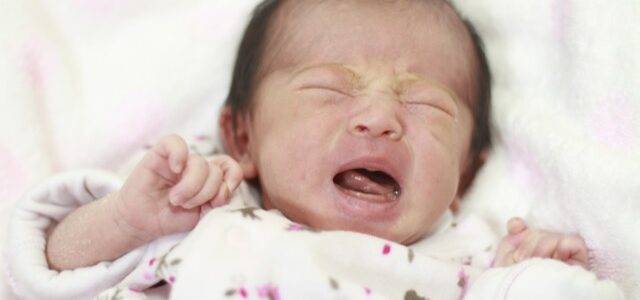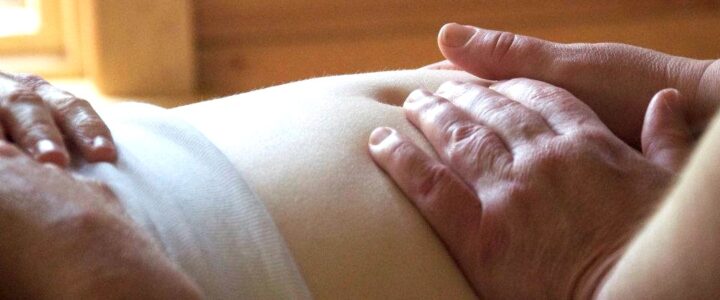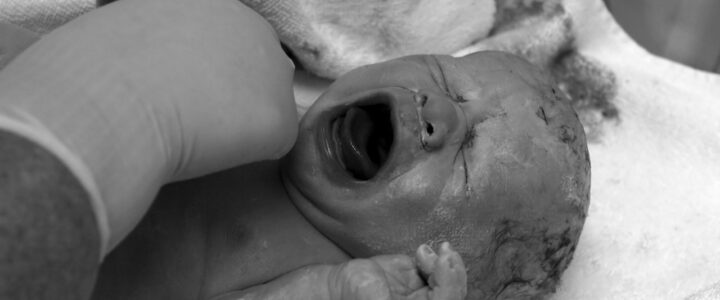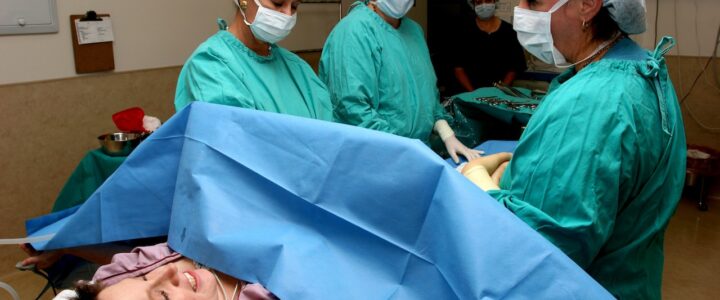This is part six of the six-part Stuck Baby Series. In part one, My Baby Dropped!, I explain why engagement is pathology. In part two, Why Did My Baby Get Stuck?, I describe the maternal factors that cause babies to get stuck. Part three is Fetal Factors: How Babies Get Themselves Stuck. Part four explores Fetal Constraint: How Culture Immobilizes Babies. Last week, in part five, I looked at How Fetal Constraint Affects Labor and Birth. Today I’m going to describe how fetal constraint or lack of Optimal Fetal Positioning adversely affects the babies themselves — the things we notice at birth and beyond. Read more
How Fetal Constraint Affects Babies: Things We Notice After Birth






